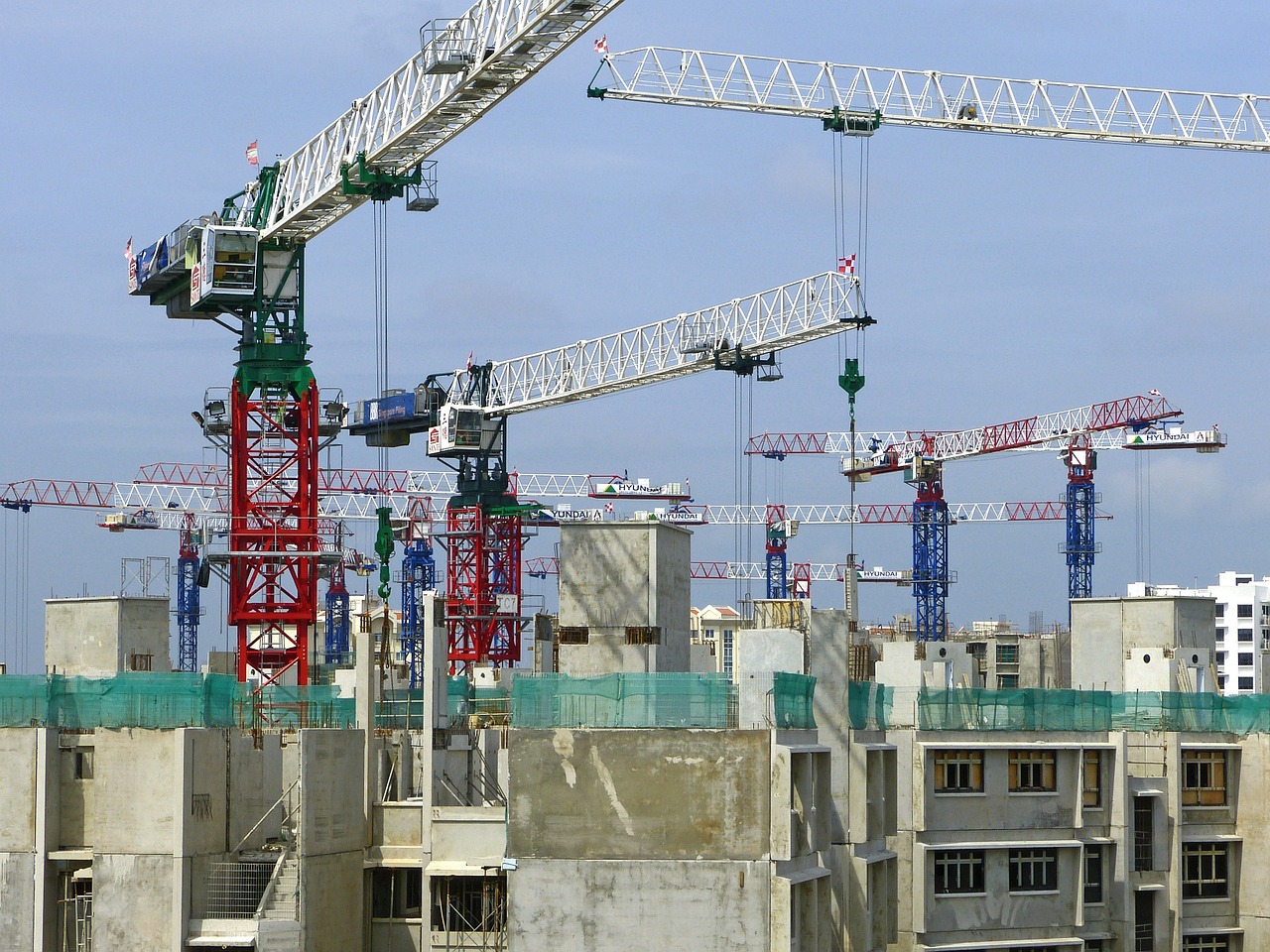Can we help you?
Contact us

Can we help you?
Contact us

Thank you for contacting us
Your form has been submitted successfully Our team will contact you again as soon as possible.
Whooppss...!! An error has occurred
Try sending later or write an email directly to areaempresas@ua.es

 PATENTED TECHNOLOGY
PATENTED TECHNOLOGY
INFO
SHEET
DOWNLOAD
EXECUTIVE
ABSTRACT
CONTACT DETAILS: Research Results Transfer Office-OTRI
University of Alicante
Tel.: +34 96 590 99 59
Email: areaempresas@ua.es
http://innoua.ua.es
The research group Materials and Construction Systems for Buildings (belonging to the Department of Building and Urbanism at the University of Alicante-Spain) has developed a reusable formwork element to implement joints with continuous reinforcement armours in reinforced concrete construction elements.
This invention is characterized through its perfect adaptation to any construction element currently available in the market, resisting the pressure exerted through the concrete. It is also a low cost element, quick and simple to use it, and it allows obtaining clean and geometric concrete joints.
The group is looking for companies interested in commercial exploitation.

The formwork is a system used for auxiliary processes in situ concrete construction elements. Usually it consists of a set of plates (usually of wood or metal) used to harbour inside the concrete, after hardening, generating constructive elements with different shapes and dimensions.
The usual procedure for the construction of line, surface or volumetric reinforced concrete precise execution of concrete joints for the following reasons:
1. Needs of the working day.
2. Construction needs between different elements.
3. For reasons of the planning work.
Therefore, after the implementation of the concrete pouring process at different times, it is essential to establish together with continuity of reinforcement in concrete formwork elements in sections.
In this sense, the existence of armor expected to provide structural continuity to the reinforced concrete elements prevents the use of usual veneers formwork, making it necessary to find a specific solution to resolve this problem.
Currently, for concrete joints with reinforcement continuity in the various constructive elements, some kind of tape that allows containment concreting each concrete leg is required; a function that is not covered with any of the standard conventional formwork systems. To do this, nowadays are used the following non-reusable elements:
a) Wooden boards nailed together.
b) Metal mesh (known as "chicken wire"), which manages the containment of concrete and allows the continuity of armor, although it is a non-recoverable element, because it is embedded in the mass of the building element.




In addition, both elements have the following problems:
1. It requires a high time for installation, especially the wooden boards that need to be nailed and pull the nails out.
2. They are not reusable:
• It is difficult to keep intact the wooden boards.
• The metal mesh is embedded in the concrete element and it cannot be reused.
3. It requires the execution of many tapes, which means a lot of labour.
This device allows easy formwork through different sections or in a continuous way, and it resists the thrusts derived from concreting.
The element consists of a piece of variable height, width and thickness with periodic notches, designed to allow an optimal fitting of armours in the element to be concreted: its specific form allows the passage of reinforcement armours between its tines.
This design has been conceived to be perfectly adapted to any constructive element currently available in the market.
MAIN ADVANTAGES OF THE TECHNOLOGY
The advantages of this element over currently existing devices on the market are:
• It is reusable, so total cost of the work product is reduced.
• The material used in its manufacture is resistant to the thrusts derived from concreting.
• The size and weight of the element is reduced, so it can be used through a single operator.
• It is not necessary any additional equipment (cranes) for handling.
• The implementation is quick and simple, reducing execution time of the formwork.
• Low cost of labour during use.
• It is possible to manufacture different sizes and shapes, so it has a great versatility to be used in any type of work and in any linear or surface constructive element of reinforced concrete (e.g. slabs, tiles, beams, walls, etc.).
• It is easy to be produced, since it is a small element of simple geometry that can be manufactured through companies from different sectors.
• It has a low acquisition cost, since it is a piece of simple geometry that can be manufactured with different materials.
• Transportation from the place of manufacture is simple, as it is a piece of small size and weight that can be stacked or rolled.
• It allows to obtain clean, geometric and easily-continued joints in reinforced concrete.
• It can be removed without causing damage or abnormal jerking in concrete.
INNOVATIVE ASPECTS
• Reusable.
• Reduced size and weight.
• Low cost of labour.
• Low acquisition cost.
• Obtains clean, geometric and easily-continued joints in reinforced concrete.
The formwork element described meets the requirements of the regulations (Spanish Instruction of structural concrete EHE-08) for formwork and moulds, which requires elements to be able to resist actions during the construction process. These requirements include:
A test for practical application of the described element was performed.
This technology is protected through patent :
• Title: "Elemento de encofrado reutilizable para la ejecución de juntas con continuidad de armaduras en elementos de hormigón armado”.
• Application number: P201400413
• Application date: 08/07/2014
Materials and Nanotechnology
Carretera San Vicente del Raspeig s/n - 03690 San Vicente del Raspeig - Alicante
Tel.: (+34) 965 90 9959




